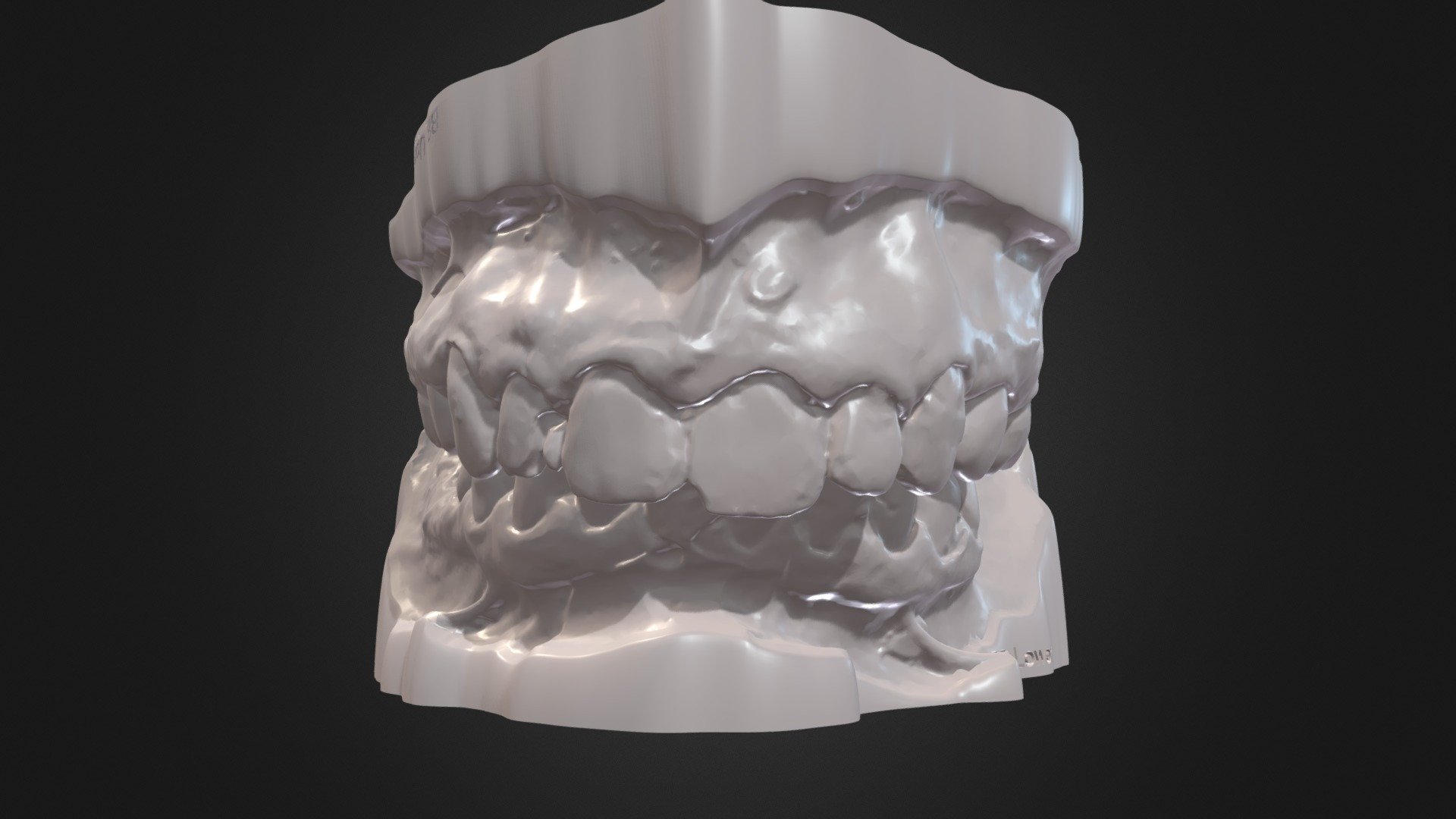
Case BB Occlusion
sketchfab
Human teeth have a unique relationship with their supporting structures that is crucial to overall oral health and well-being. One key aspect of this relationship is the occlusion, which refers to how the upper and lower teeth fit together when the jaw is closed. The term "occlusion" comes from the Latin word "ocludere," meaning "to shut." In dentistry, it describes the contact points between the maxillary and mandibular teeth as they come into contact during a normal closure of the jaws. A well-functioning occlusion allows for efficient chewing, proper distribution of forces on the teeth and surrounding bone, and even helps maintain the shape of the face. There are several types of occlusions that can occur in humans, each with its own set of characteristics and implications for dental health. The most common type is a class I occlusion, where the upper teeth overlap the lower teeth slightly when biting down. This is considered normal and healthy. However, a Class II division 1 malocclusion occurs when the upper front teeth significantly overlap the lower front teeth, often resulting in an underbite. This can lead to difficulties with chewing, speaking, and even breathing. In some cases, it may also cause the jaw to grow unevenly, leading to further complications. On the other hand, a Class II division 2 malocclusion occurs when the upper molars significantly overlap the lower molars, often resulting in an overbite. This can lead to difficulties with biting and chewing, as well as increased wear on the teeth due to abnormal forces being applied during mastication. The way occlusions are classified can be complex and depends on various factors such as the type of tooth contact, the degree of overlap or underlap, and the presence of any malocclusions. Therefore, accurate diagnosis by a dental professional is essential for determining the best course of treatment. Treatment options for occlusal problems vary depending on their severity and type. In some cases, orthodontic appliances may be used to align the teeth properly and improve occlusion. In other cases, restorative dentistry may be necessary to repair damaged or worn-down teeth. In severe cases, surgical procedures may be required to correct issues with the jaw itself. Overall, maintaining a healthy occlusion is crucial for overall oral health and well-being. Regular dental check-ups and preventative care can help identify any potential problems before they become serious. By taking proactive steps, individuals can ensure that their teeth and surrounding structures continue to function properly throughout their lives.
With this file you will be able to print Case BB Occlusion with your 3D printer. Click on the button and save the file on your computer to work, edit or customize your design. You can also find more 3D designs for printers on Case BB Occlusion.
